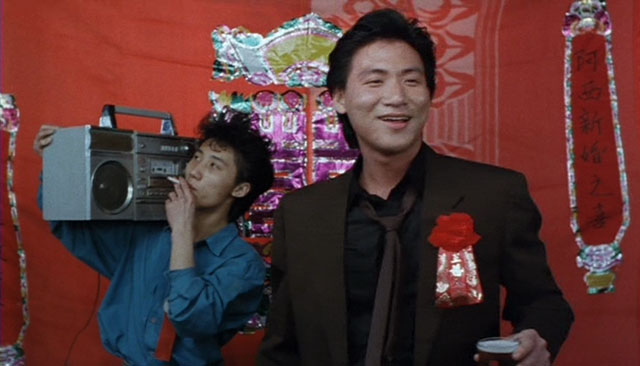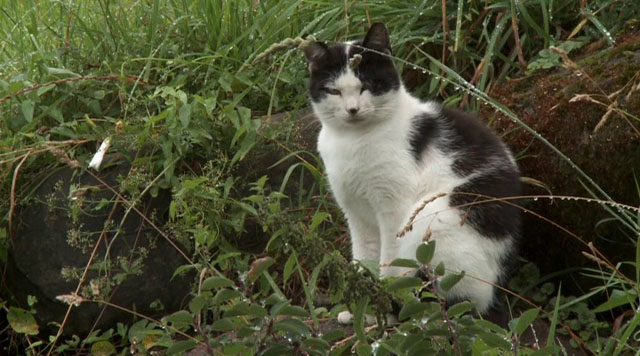Maggie Cheung has health problems, comes to stay with her older cousin Andy Lau, a loanshark enforcer who acts completely recklessly along with his fuckup buddy Jacky Cheung. This movie and Days of Being Wild could definitely have swapped titles.

Ronald Wong (sort of an HK Bud Cort) manages to get out of the gangster life, marries, is given a bunch of money. Jacky fails hard in every direction though, tries to quit and run a food stand but ends up where he came from: getting the shit beaten out of him until he’s rescued by Andy. These two have their moments of brilliance, but by refusing to play the gangster game by the rules, soon everyone is tired of their shit. Crazy Tony (Alex Man) is set up as the “bad guy” who wants our heroes dead, but that’s all our heroes deserve, and soon what they get. Meanwhile, a bit of a love story has developed between Maggie and Andy, set to a Chinese version of “Take My Breath Away” and a 1980’s synth score. But just when Andy thought he was out, the bastards pulled him back in, then shot him in the head.
Jackie on right:

Ang Wong only has two scenes, but makes an impression:




















